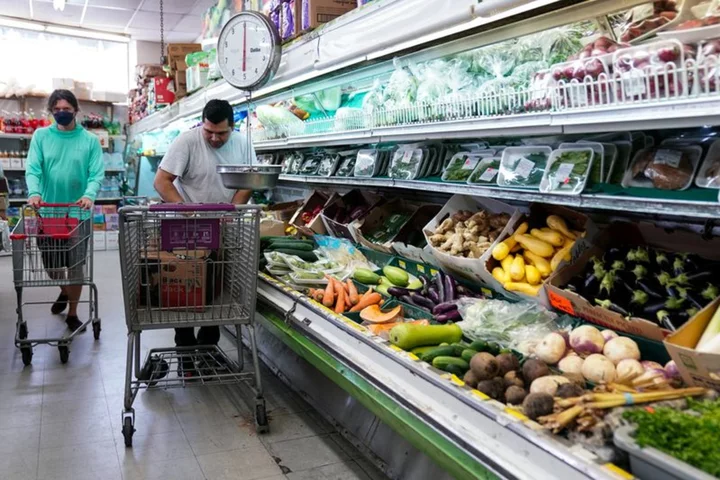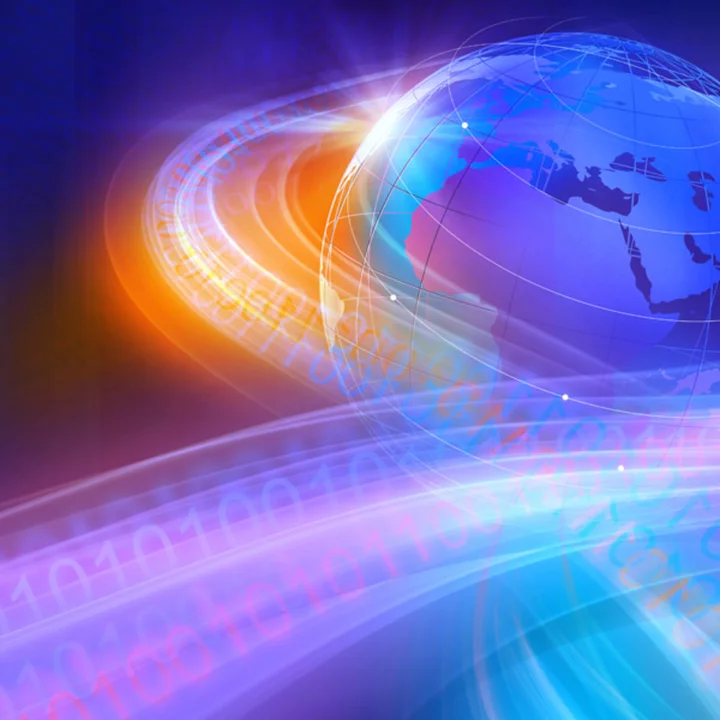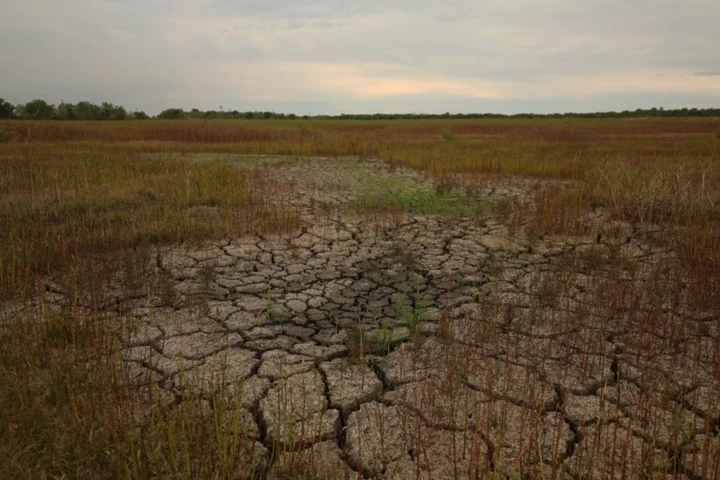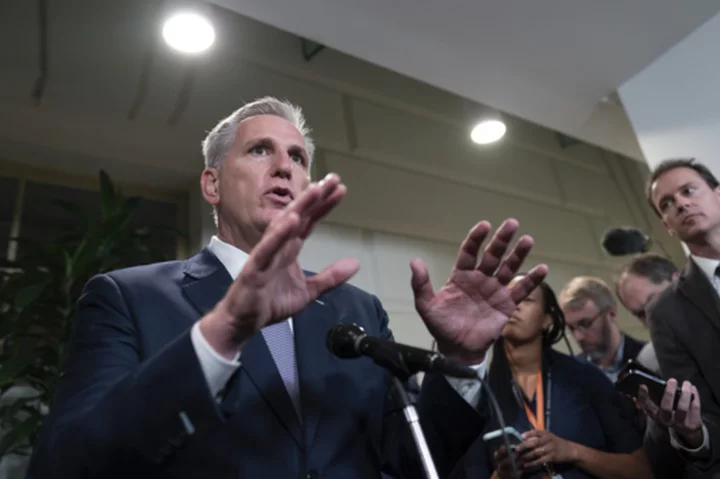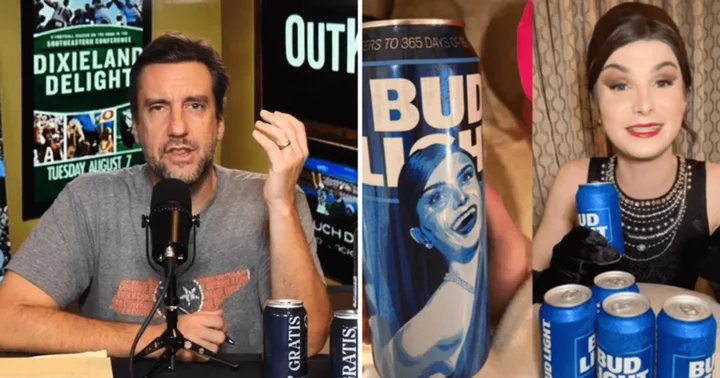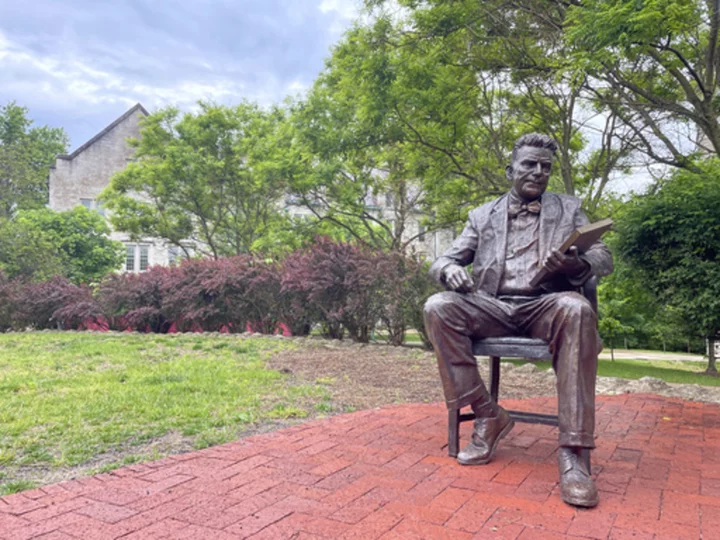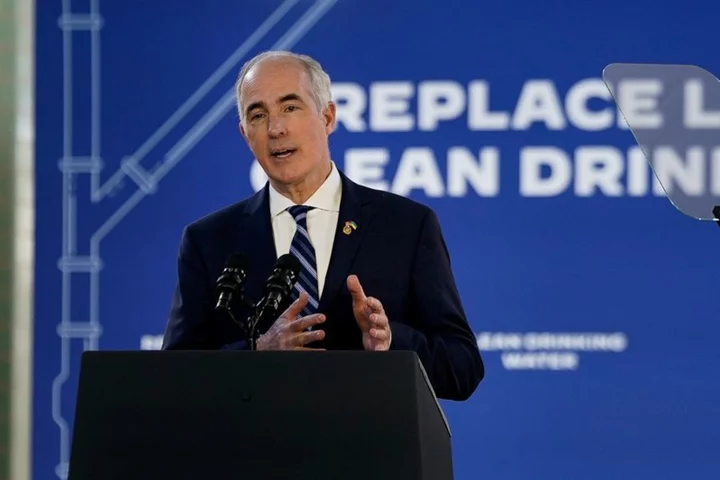WASHINGTON U.S. annual inflation slowed considerably in June, likely pushing the Federal Reserve closer to ending its fastest interest rate hiking cycle since the 1980s.
Inflation as measured by the personal consumption expenditures (PCE) price index increased 0.2% last month after edging up 0.1% in May, the Commerce Department said on Friday.
In the 12 months through June, the PCE price index advanced 3.0%. That was the smallest annual gain since March 2021 and followed a 3.8% rise in May.
Excluding the volatile food and energy components, the PCE price index climbed 0.2% after increasing 0.3% in the prior month. That lowered the year-on-year increase in the so-called core PCE price index to 4.1%, the smallest advance since September 2021. The annual core PCE price index rose 4.6% in May.
Annual inflation is easing as last year's surge drops out of the calculation. Food commodity prices are back at levels seen prior to Russia's invasion of Ukraine in February 2022.
Economists polled Reuters had forecast the core PCE price index gaining 0.2% and rising 4.2% year-on-year. The Fed tracks the PCE price indexes for its 2% inflation target.
The U.S. central bank on Wednesday raised its policy rate by 25 basis points to the 5.25%-5.50% range, a level last seen just prior to the 2007 housing market crash and which has not been consistently exceeded for about 22 years.
Fed Chair Jerome Powell told reporters it was "certainly possible that we would raise the funds rate again at the September meeting if the data warranted." Powell also added that "it's possible that we would choose to hold steady at that meeting."
Slowing inflation and moderate consumer spending growth have increased the chances of the economy achieving the soft landing envisaged by policymakers.
Consumer spending, which accounts for more than two-thirds of U.S. economic activity, increased 0.5% last month, the Commerce Department also reported. Data for May was revised up to show spending gaining 0.2% instead of 0.1% as previously reported. Economists had forecast spending increasing 0.5%.
The data was included in the advance estimate of second-quarter gross domestic product, which was published on Thursday.
Consumer spending increased at a 1.6% annualized rate last quarter, slowing from the 4.2% pace logged in the January-March period. The moderation in spending was partly blamed on difficulties adjusting the data for seasonal fluctuations following the jump in the first quarter.
The increase was enough to help boost economic growth to a 2.4% rate last quarter from the 2.0% pace reported in the first three months of the year.
(Reporting by Lucia Mutikani; Editing by Chizu Nomiyama)

